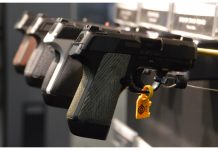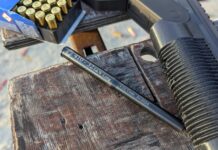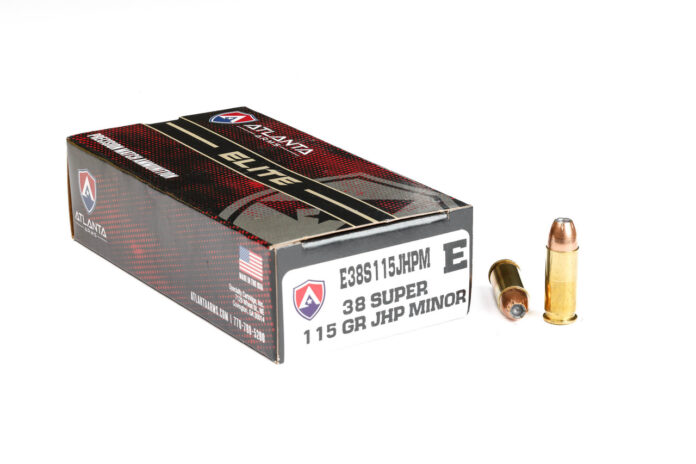
The Great Depression and the rise of highway bandits significantly changed police work, leading to its drastic modernization. This era also introduced new weapons and cartridges into police service. One of the most interesting, in this humble writer’s opinion, is the .38 Super. The .38 Super, a Colt product, premiered in 1929.
The year 1929 not only saw the debut of the .38 Super but also the start of the Great Depression. This economic downturn led to high rates of unemployment, poverty, and a reduction in industrial and international trade. The resulting economic hardship contributed to a rise in crime. Notably, the violent crime of the era came in many forms, but the motorized bandit became the most infamous.
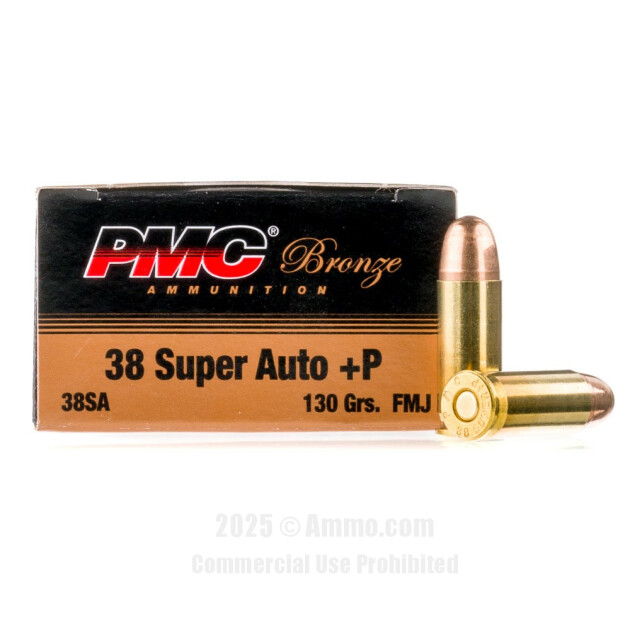
These modern highwaymen drove fast Ford V8s, wielded Thompson SMGs, and shot their way across the country. It was an era defined by fast cars and violent crime. Common police calibers like the .38 Special, the .45 ACP, and even the smaller .32 S&W Long proved inadequate when it came to piercing the metal skin of the vehicles used by these criminals. Police needed something new, something with more power, and that was the .38 Super.
The Origin of the .38 Super
The .38 Super wasn’t a completely new, “hot off the press” cartridge. Its development began with an established cartridge that had fallen out of favor: the .38 ACP. John Moses Browning designed the .38 ACP for an earlier handgun, the Colt M1900 pistol. In 1929, the .38 ACP wasn’t known for being a particularly powerful round.
When the .38 ACP premiered in 1900, it was an impressive little cartridge, firing a 130-grain bullet at 1,040 feet per second. For its time, that was significant. Colt took this already impressive round and made it even more capable.
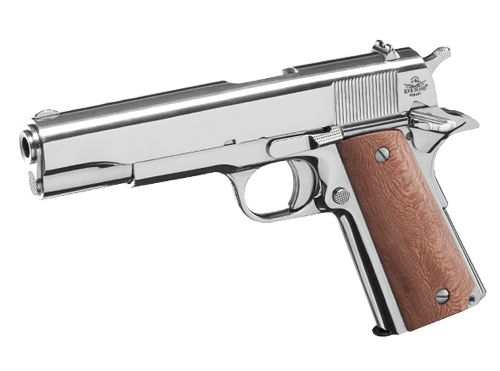
The .38 Super was “amped up” to push a 130-grain projectile at 1,300 feet per second. The original .38 ACP had been pushed to higher speeds before, and the .38 Super was, more or less, a standardized version of those hotter .38 ACP loads.
There were some differences, however. The M1900 pistol and the .38 ACP used a feed ramp that acted as rim support. The .38 ACP was a semi-rimmed case and relied on the rim for headspacing the cartridge. The .38 Super, however, was intended to work in the M1911, meaning that feed ramp support was gone.
The round suffered from some accuracy issues early on. However, Irv Stone later created a barrel design that allowed it to headspace on the case mouth. The semi-rimmed design can also be challenging to use with double-stack magazines, with rimlock being a serious issue. Modern .38 Super ammunition often features reduced rims to prevent this.
The Use of the .38 Super
Notably, some FBI agents carried .38 Super M1911s. It’s unclear if these were purchased and issued by the FBI, which typically issued revolvers, or if agents were simply permitted to carry them as personal sidearms. Given the FBI’s critical role in hunting down motorized bandits and bank robbers, it’s not surprising they would employ such a weapon.
The St. Louis Police Department adopted some .38 Supers in the 1930s. These were reportedly fantastic pistols, and some were auctioned off a few years ago. The Vermont Motor Vehicle Department, the Burlington Police Department, and the Escanaba Police Department all issued the .38 Super to their police officers.
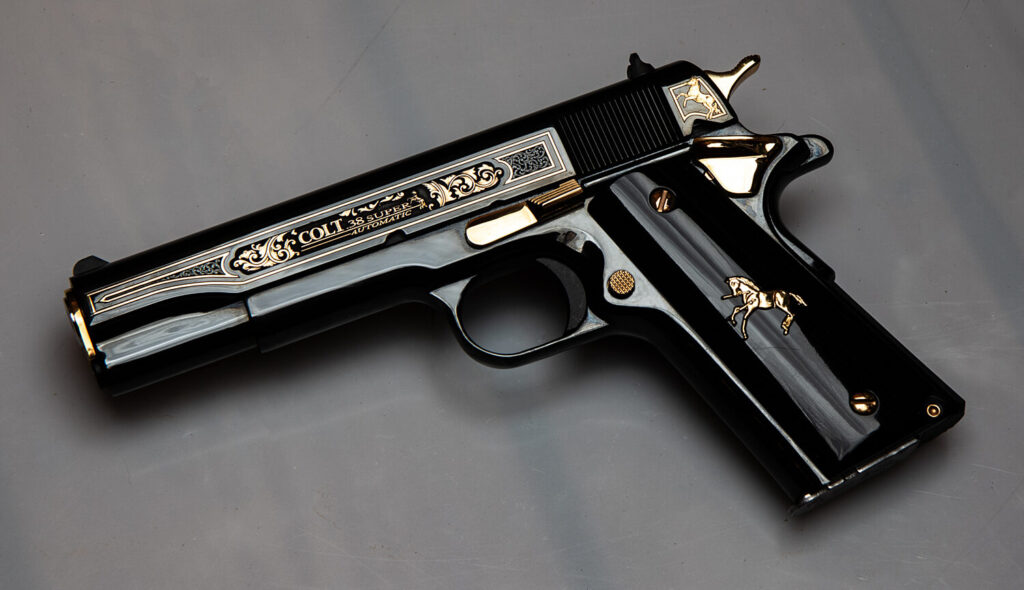
The Office of Strategic Services (OSS) adopted a few M1911s chambered in .38 Super during WWII. The Norwegian Resistance also used .38 Super M1911s, with the King of Norway even using one as his personal defense weapon.
Colonel Charles Askins once stated, “If I had to make a choice between the .45 ACP and the Super, I’d unhesitatingly go along with the latter. It is just that good.” These were strong words from an era when the .45 ACP largely dominated.
Beyond the M1911, the .38 Super was also used in special models of the Ingram Model 6 and Thompson SMG.
Adding a Dash of +P
The .38 Super is somewhat like the 10mm in that it has a cult following but lacks widespread mainstream use. The round experienced a resurgence in the 1970s when it became even more powerful with a +P headstamp. This led to 115-grain rounds traveling at 1,450 feet per second—screaming fast.
Modern rimless designs are very popular for double-stack guns. Many variations, such as the .38 Super Comp, the Super Lapua, and Super RL, feature mostly rimless cases. These modifications have made the cartridges popular for certain competition shooting events. The .38 Super round qualifies as a major power factor cartridge while offering less recoil and more capacity than the .45 ACP and even the 10mm.
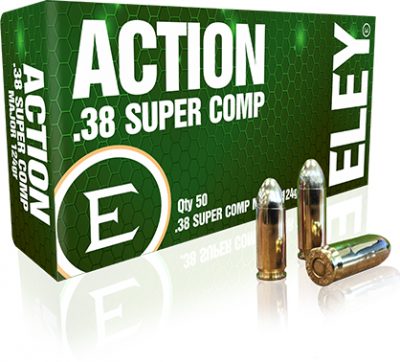
In Latin America, where some gun control laws ban “military” calibers, the .38 Super shines. It is popular among civilian shooters in these countries, as it’s available in popular platforms, accurate, capable, and easy to handle.
The .38 Super lives on today, with numerous companies, both big and small, producing .38 Super pistols. This includes M1911s, various double-stack designs, and even CZ-75-inspired competition designs. It remains a strong performer but likely won’t be on the main stage again.


